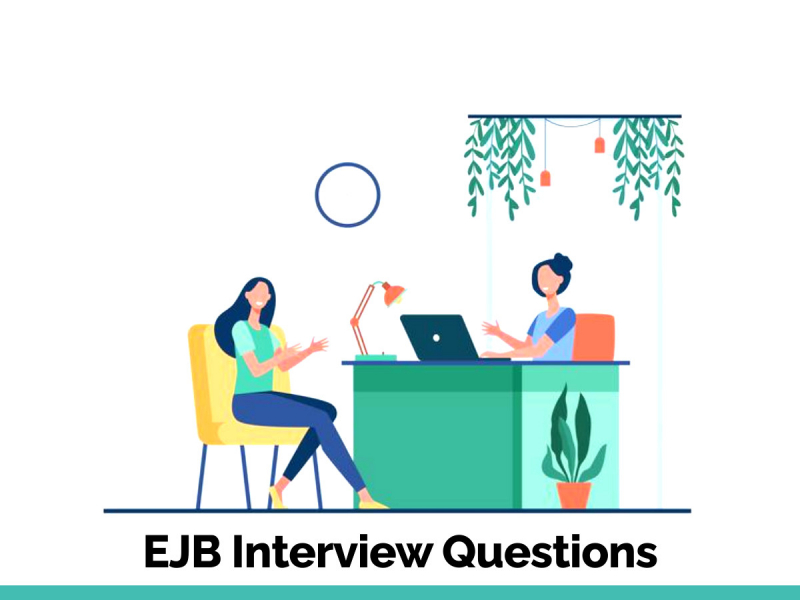The EJB interviews are tough because the interviewers try to find the most talented developers in this field. So, to help you, we are sharing some important questions that may help you in your interviews.
We have listed below the best EJB Interview Questions and Answers. These EJB Interview Questions are really very helpful for the best preparation of the EJB Interview. besides this, You can also download here the EJB Interview Questions PDF.

